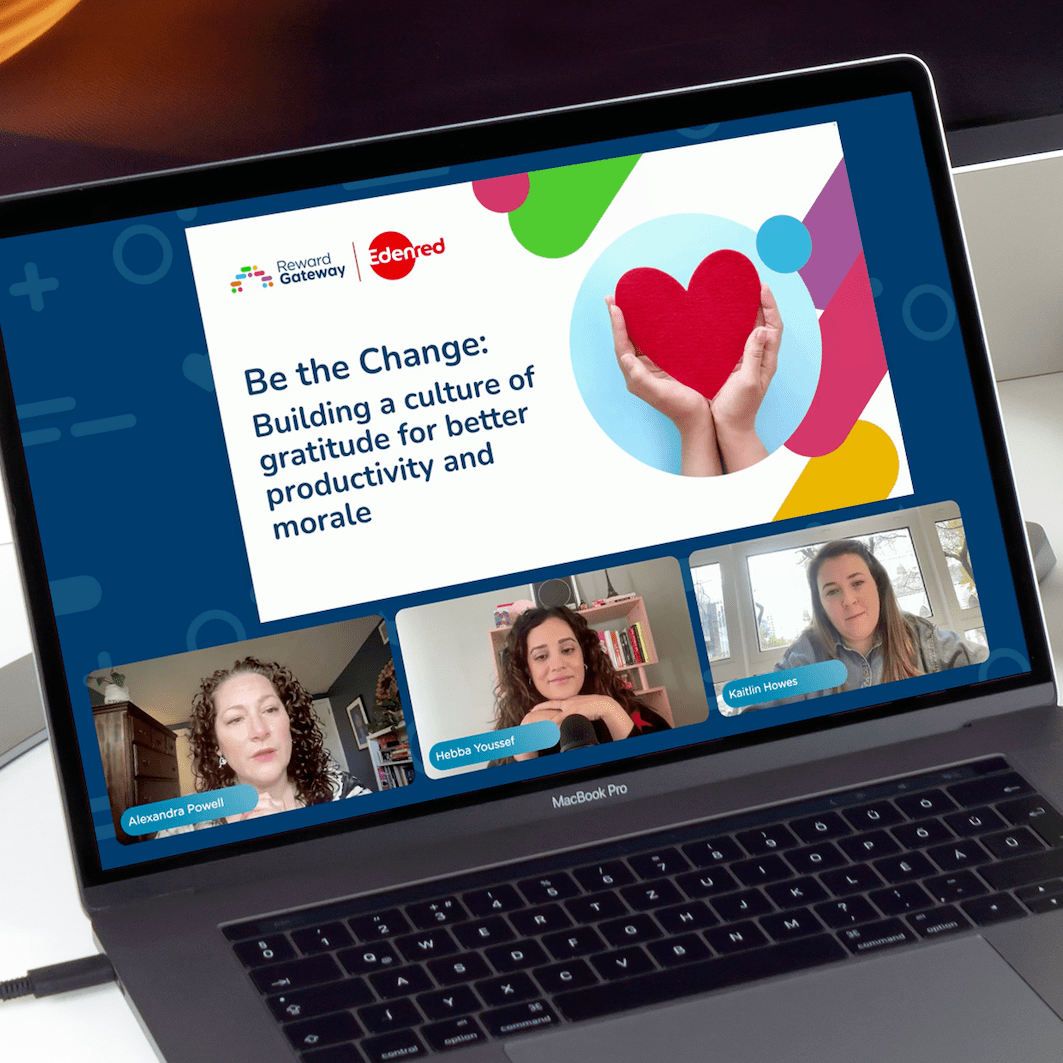Psychological safety may just be the most important principle of work culture success.
But how does the concept of psychological safety fit into building a positive work culture? What is psychological safety, and how can you create it within your organization?
Let’s start from the top.
| What is psychological safety? | ||||||
| The importance of psychological safety at work | ||||||
| How to create psychological safety | ||||||
|
 Psychological safety is a state of calm support and acceptance. It is both a state of mind (or feeling) and an environment, one that people can collaborate to create. For the purposes of discussing psychological safety at work, we are mainly concerned with how to create a communal sense of psychological safety among employees within an organization.
Psychological safety is a state of calm support and acceptance. It is both a state of mind (or feeling) and an environment, one that people can collaborate to create. For the purposes of discussing psychological safety at work, we are mainly concerned with how to create a communal sense of psychological safety among employees within an organization.
The concept of psychological safety reminds us that there are many ways to create a safe (or unsafe) work environment, and only some of them involve labor conditions, hazards and other typical safety concerns.
A psychologically safe environment is one in which employees feel included, supported, respected, and heard. Their legal rights, as well as their individuality, preferences and feelings are prioritized. All employees, even those without much power in the organization, feel able to voice their concerns and opinions. Employees can propose new ideas while trusting that minor failures and bad ideas aren’t persecuted.
A psychologically unsafe environment can take many forms, but generally, it is a work environment in which employees feel ill at ease, taken advantage of, bullied, harassed, or unfairly treated. There may be prejudice, intimidation, threats, physical violence, or negligence. In these workplaces, employees are pressured to stay quiet about their concerns. Employers may use the threat of cutting hours or firing to silence employees.
The importance of psychological safety at work
 There are many reasons to prioritize psychological safety at work. Even if you are sure your organization is a safe environment for employees, it is worth considering whether that safety extends to everyone. Do employees of color experience micro-aggressions that discourage them from sharing authentic feedback?
There are many reasons to prioritize psychological safety at work. Even if you are sure your organization is a safe environment for employees, it is worth considering whether that safety extends to everyone. Do employees of color experience micro-aggressions that discourage them from sharing authentic feedback?
If psychological safety is only available to employees of a certain racial group, gender or level of managerial power, it isn’t genuine psychological safety.
In general, people with power feel psychologically safe because they are able to assert their needs, protect their own interests and stand up for themselves.
Here are a few specific reasons psychological safety is important in the workplace:
It’s the law. Many behaviors that create an unsafe environment (sexual harassment, racial discrimination, intimidation, physical violence, etc) are prohibited by law. Allowing an unsafe environment leaves your organization vulnerable to legal liability.
It’s the right thing to do. How would you feel if you knew that employees within your organization felt unsafe, taken advantage of, or disrespected? How would you feel if you were asked to take their place, at the mercy of those in power and worried about keeping your job? No one deserves this kind of treatment at work.
Psychological safety prevents employee turnover. Employee turnover is expensive, but worse, it can cause chaos and dysfunction in the workplace. In 2021, 57% of employees leaving their jobs said they were doing so because they felt disrespected at work. Dysfunctional workplaces tend to create a positive feedback loop; employees leave because the workplace is toxic, and their absence creates chaos, which causes still more employees to leave. You can safeguard against this compounding employee turnover by building a safe and supportive work environment.
Safe environments foster creativity and collaboration. Creativity and innovation require a great deal of energy and commitment to a project. Employees may find themselves unable or unwilling to spare this energy to go the extra mile at work if they feel their ideas are dismissed. A psychologically safe workplace encourages innovation by making it safe to propose new ideas, receive constructive criticism, and take creative risks. Businesses that prioritize these fundamentals see the results in employees’ creativity!
How to create psychological safety at work
 1. Listen to employees
1. Listen to employees
Employees want to feel heard at work. Knowing that your feedback and insights aren’t valued by your managers can drain your motivation for work and destroy your desire to go the extra mile. When companies allow these workplaces to continue, they miss out on salient employee insights, as well as the creativity employees display when they are supported and heard.
Be proactive in creating opportunities for employees to share ideas and feedback. Whether it’s implementing regular anonymous polling, maintaining an open-door policy with leadership, or actively soliciting feedback, you’ll see results in employee engagement and satisfaction. A psychologically safe workplace is one in which employees trust their employers to listen to them, even if the two don’t always agree.
2. Make space for constructive criticism
It can be difficult to recognize our own weaknesses and hold ourselves accountable for our work performance. In a supportive workplace, constructive criticism from colleagues and managers can fill this role, guiding our professional growth and encouraging us to become better, more well-rounded employees. Constructive criticism is a necessity for anyone who is committed to being the best they can be, and when properly applied, it can help to foster a workplace that values creativity, collaboration, and excellence. So it’s a shame that many employers drop the ball on this task.
In order to bring out the best in employees, constructive criticism has to be just that: constructive.
That means feedback is shared with a kind tone, mutual respect, and the best interests of the individual and the team in mind. In a hyper-competitive environment, employees may use invitations for criticism as a sort of open season for attacks against coworkers, who they see as competition. This type of criticism is unhelpful and counterproductive to creating a psychologically safe environment, which requires a sense of mutuality, respect, and helpfulness to thrive. Rather than encouraging criticism for its own sake, empower employees to participate in shaping and improving each other’s ideas.
3. Encourage work-life balance
 Ironically, much of the work that goes into creating a healthy, safe work environment happens not at work, but at home after hours. How a person spends their free days affects their attitude, energy, and motivation at work. And while you can’t decide how employees choose to unwind after work or spend their free time, you can encourage them to seek a healthy balance between work duties and their personal life.
Ironically, much of the work that goes into creating a healthy, safe work environment happens not at work, but at home after hours. How a person spends their free days affects their attitude, energy, and motivation at work. And while you can’t decide how employees choose to unwind after work or spend their free time, you can encourage them to seek a healthy balance between work duties and their personal life.
Allow working parents to shift their working hours earlier in order to pick their children up from school or daycare. Stress the importance of actually using sick days when you’re ill. Don’t penalize employees for taking time away from work emails in the evenings and on weekends.
Encouraging a healthy work/life balance shows that you respect employees as complex people, rather than only for their economic output. Respect is one of the key principles of a psychologically safe workplace.
4. Invest in employees’ growth
We previously mentioned that one of the top reasons employees decide to leave their jobs is feeling disrespected at work. But did you know that one of the other most common reasons employees leave is a lack of growth opportunities? Employees care deeply about opportunities for advancement and self-development within the workplace. Investing in employees’ growth is a great opportunity to build a respectful, safe work environment while also improving employee retention, boosting morale, and growing employees’ professional abilities.
How does investing in employees relate to psychological safety at work? Investing in employees’ growth – whether in the form of competitive pay, educational opportunities, or leadership training – shows that you value their individual contribution to the team. Employees can feel confident in the value of their perspective, which empowers them to speak up, share ideas, and participate freely. With employees who are more self-assured, better educated, and fully engaged, companies will see their teams thrive.
5. Allow ambiguity
 Clear-cut assertions without ambiguity are convenient for decision-making within a traditional corporate hierarchy. “No, our project will not be over-budget.” “Yes, this candidate is the perfect fit for our team.” But as any professional knows, the truth is rarely so black-and-white. When a workplace expresses hostility toward ambiguity, employees feel they can’t speak up, for fear they might make a small mistake and be persecuted for it. Why volunteer your opinion during a meeting, when you know that if you’re wrong, your boss may yell at you or shame you in front of colleagues?
Clear-cut assertions without ambiguity are convenient for decision-making within a traditional corporate hierarchy. “No, our project will not be over-budget.” “Yes, this candidate is the perfect fit for our team.” But as any professional knows, the truth is rarely so black-and-white. When a workplace expresses hostility toward ambiguity, employees feel they can’t speak up, for fear they might make a small mistake and be persecuted for it. Why volunteer your opinion during a meeting, when you know that if you’re wrong, your boss may yell at you or shame you in front of colleagues?
It’s critical that employers committed to psychological safety in the workplace allow ambiguity, rather than forcing either silence or false confidence from employees.
Employees should feel safe to say “I don’t know” without fearing repercussions.
Allowing room for the unknown lets employees express their genuine opinions, which in the end leads to a more accurate decision-making process.
6. Lead with honesty and vulnerability
Leaders set the tone in any workplace. Their behavior sets the example for what will be tolerated, encouraged, or condemned. It’s a lot of responsibility, but this also presents a unique opportunity to make a real difference in the workplace. Lead your employees with honesty, respect, and vulnerability to build a culture of psychological safety. Show them it’s okay to establish boundaries by creating your own work/life balance. Show you can tolerate ambiguity by not demanding a clear-cut answer and saying things like, “It’s okay if you aren’t one hundred percent sure.” Make it clear that bullying and harassment won’t be tolerated, and that supportive, creative, helpful behavior will be rewarded. You have the power to change your workplace for good!
Which of these techniques will you implement in your workplace to build a culture of respect and safety?
Learn how Reward Gateway | Edenred’s suite of employee experience solutions can help you make your corner of the world a better place to work.

 Kaitlin Howes
Kaitlin Howes



